Emerald Ash Borer Biocontrol Research and Implementation
PROJECT OVERVIEW
The Emerald Ash Borer (EAB) is an invasive insect that has been decimating ash trees throughout the Great Lake states and is currently advancing into Minnesota where it threatens the nearly 1 billion ash trees that occur throughout the state - the second most in any state. Loss of these trees would devastate ecosystems throughout Minnesota and have major economic impacts for the forest products industry as well as through the costs associated with treatment, removal, and replacement of lost trees. Biological control - the use of a natural enemy of a species from its native habitat to help with control of that species - is currently the only promising long-term management strategy for EAB. The Minnesota Department of Agriculture is using this appropriation to pilot and assess the effectiveness of a biocontrol method for EAB in Minnesota that involves the use of three types of tiny, stingless wasps that are parasitoids of EAB.
OVERALL PROJECT OUTCOME AND RESULTS
We made great progress with the biological control for emerald ash borer (EAB) in Phase 1 of this project. We simultaneously released wasps that parasitize EAB while we studied them. EAB can kill ash trees quickly (within 6 years). We have responded rapidly to EAB finds so that we might avoid large numbers of EAB over extensive areas, a situation that would be difficult to manage effectively. At the same time, we studied the parasitoid wasps to understand their cold tolerance and dispersal capability. Our studies improved our implementation strategies.
Over 127,000 parasitoid wasps were released at 21 sites in the Twin Cities and southeastern Minnesota. Recovery of immature parasitoids in the field demonstrated that these agents are dispersing then finding and parasitizing EAB. We will continue releases in Phase 2. Research efforts demonstrated that the egg parasitoid, Oobius agrili, is the most cold tolerant and the larval parasitoid, Tetrastichus planipennisi, is the least cold tolerant. Therefore, we began releasing T. planipennisi earlier in the season to allow multiple generations to build a population sufficient to withstand anticipated cold induced mortality losses. We learned that T. planipennisi is capable of dispersing almost 5 miles within 24 hours but that most will fly 3/4 miles in 24 hours. Therefore, we began releasing T. planipennisi over a large area at a release site rather than at a central cluster to enable faster T. planipennisi dispersal. Research efforts trained a total of six graduate students, five undergraduate students, and three technicians in whole or in part on these projects.
We will continue a study of ash health, EAB, and parasitoid wasps in the Twin Cities area where EAB was first found in 2009. To date, ash mortality within the study area has been substantially lower than anticipated.
PROJECT RESULTS USE AND DISSEMINATION
Information about this project has been and will continue to be disseminated to the public, land managers and researchers. Media releases (3) and social media were utilized to inform the public of major developments. There were 15 scientific presentations to researchers and land managers. Additional training presentations (24) were given to the public, professional land managers, and tree care professionals at many venues. Outreach at public events (20) helped us to connect with people about our activities. Two research papers on parasitoid cold tolerance were published. An additional two papers on parasitoid dispersal are anticipated. In addition, we participate in the EAB Forum, a multi-agency/organization venue for discussing EAB management. We maintain a website www.mda.state.mn.us/plants/pestmanagement/eab/eabbiocontrol.aspx with project information.
$250,000 the first year and $250,000 the second year are from the trust fund to the commissioner of agriculture to assess a biocontrol method for suppressing emerald ash borers by testing bioagent winter survival potential, developing release and monitoring methods, and piloting implementation of emerald ash borer biocontrol. This appropriation is available until June 30, 2014, by which time the project must be completed and final products delivered.
Click on "Final Report" under "Project Details".
Click on "Final Report" under "Project Details".
$250,000 the first year and $250,000 the second year are from the trust fund to the commissioner of agriculture to assess a biocontrol method for suppressing emerald ash borers by testing bioagent winter survival potential, developing release and monitoring methods, and piloting implementation of emerald ash borer biocontrol. This appropriation is available until June 30, 2014, by which time the project must be completed and final products delivered.
Click on "Final Report" under "Project Details".
Click on "Final Report" under "Project Details".
